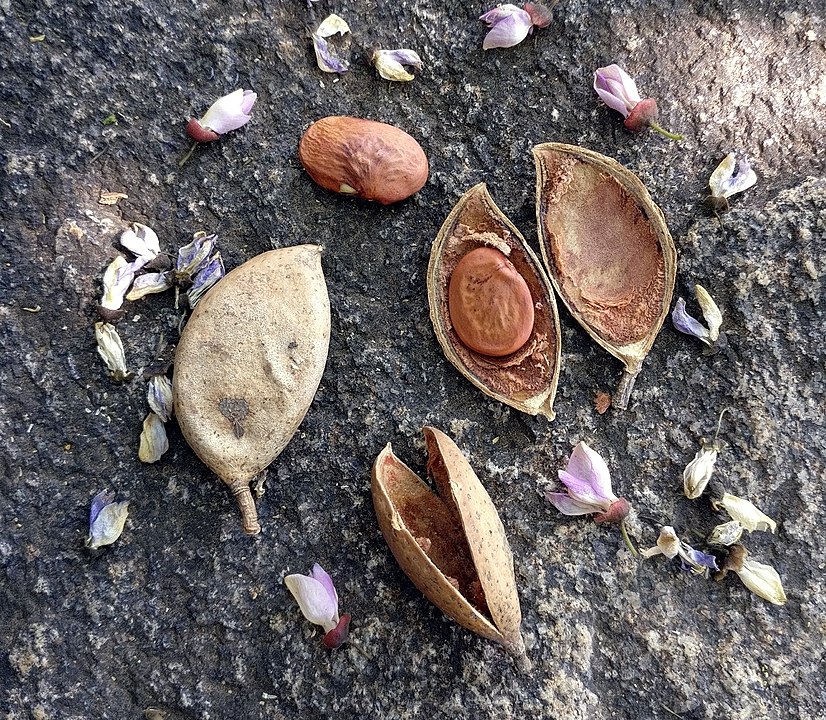To keep the Paris agreement to reduce greenhouse gas emissions, Indonesia needs to restore 14 million hectares of degraded land. At the same time, the government has committed to using 23% of all energy from green sources. The deadline will expire in five years. The solution may be large-scale planting of Pongamia pinnata trees.
Indonesia Is to Restore Degraded Soil by Planting Hardy Trees
With natural gas and oil reserves estimated to disappear around 2030,seeds it is time for Indonesia to create other renewable energy sources. After several discussions and research, experts evaluated the planting of Pongamia pinnata trees as a suitable variant of a renewable resource.

Multi-purpose Trees Could Reduce Emissions, Provide Flour and Biofuel
Like other trees, Pongamia captures CO2 from the atmosphere. But that’s not all that Indian beech provides. Budi Leksono, a member of the Center for International Forestry Research (CIFOR), discovered that dried seeds could be turned into delicious and nutritious flour.

Locals traditionally press oil to make a natural remedy for wound healing, soap making, leather tanning, and much more. In addition, Indonesian extract Pongamia fruit oil to obtain biofuels, which the country needs because diesel generators power many Indonesian islands.
The Pongamia tree or Indian beech is found practically throughout Asia. It does not have high demands on cultivation, and it can grow in variable conditions. It thrives in dry, looted soil after mining and in wetlands, swamps, and peat bogs, in the mountains and the lowlands. And it’s growing fast. In addition, experts believe that the trees should not negatively affect the surrounding habitat.
Source: https://www.intelligentliving.co/indonesia-turns-to-pongamia-for-land-restoration-biofuel-and-food/#, credit: https://commons.wikimedia.org/wiki/File:Millettia_pinnata_aka_Pongamia_pinnata_06.JPG




